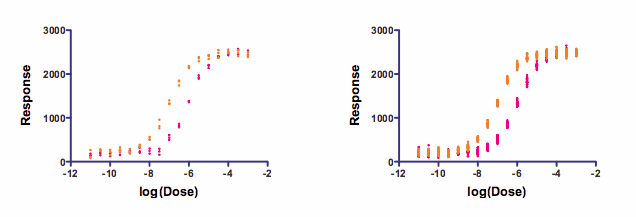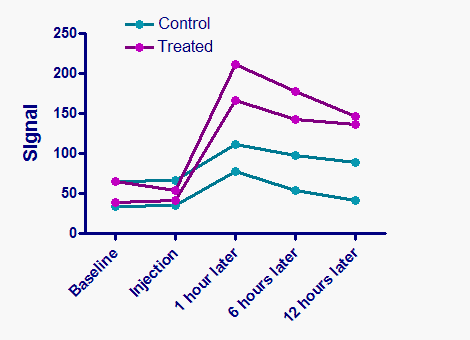

Lipid and FA homeostasis are essential determinants of neural development, neurotransmission, and receptor activation. The brain is the second most lipid-rich organ in the body 9. Membrane phospholipids are comprised of fatty acyl side chains that differ in carbon chain length and can be saturated or unsaturated, thereby largely determining membrane fluidity and influencing protein–protein and protein–lipid interactions. Lipids contribute fundamentally to many cellular processes, including membrane synthesis, energy storage, signaling, and complex protein modifications. Importantly, a recent publication also identified substantial lipid membrane components in LBs 8. α-Synuclein (αS) has been implicated since 1997 as the major proteinaceous component of LB 6, 7. Lewy bodies (LBs) and Lewy neurites are the neuropathological hallmarks of PD, both in the sporadic (“idiopathic”) and autosomal dominant (familial) forms, and accumulate in Alzheimer’s disease (AD) 1– 5.

There is a critical need to develop disease-modifying treatments for human synucleinopathies, most prominently Parkinson’s disease (PD) and Lewy body dementia (LBD). Co-regulating FA synthesis and degradation proved additive in rescuing PD phenotypes, signifying co-targeting as a therapeutic strategy. LIPE reduction in vivo alleviated αS-induced dopaminergic neurodegeneration in Caenorhabditis elegans. LIPE inhibitors decreased pSer129 and restored tetramer:monomer equilibrium in αS E46K-expressing human neurons. LIPE inhibition rescued all these and the abnormal unfolded protein response.

corrected neurons had increased pSer129 and insoluble αS and decreased αS tetramer:monomer ratios. Decreasing LIPE in human neural cells reduced αS inclusions. Here, we identify the rate-limiting lipase enzyme, LIPE, as a candidate target. However, lipid degradation also generates FA pools. We identified the PD-relevant target stearoyl-coA desaturase: inhibiting monounsaturated FA synthesis reversed PD phenotypes. Although the PD-causing protein α-synuclein (αS) interacts with lipids and fatty acids (FA) physiologically and pathologically, targeting FA homeostasis for therapeutics is in its infancy. Synucleinopathy (Parkinson’s disease (PD) Lewy body dementia) disease-modifying treatments represent a huge unmet medical need.


 0 kommentar(er)
0 kommentar(er)
